NR547 Week 2: CEA Pre-Clinical Diagnostic Exam [Solved- July 2025]
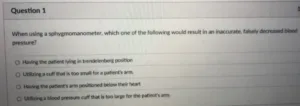
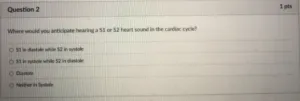

Question 1
When using a sphygmomanometer, which one of the following would result in an inaccurate, falsely decreased blood pressure?
-
Having the patient lying in Trendelenburg position
-
Utilizing a cuff that is too small for a patient’s arm
-
Having the patient’s arm positioned below their heart
-
✅ Utilizing a blood pressure cuff that is too large for the patient’s arm
Question 2
Where would you anticipate hearing an S1 or S2 heart sound in the cardiac cycle?
-
S1 in diastole while S2 in systole
-
✅ S1 in systole while S2 in diastole
-
Diastole
-
Neither in systole
Question 3
Where would the S2 heart sound correlate with the electrocardiographic waves?
-
✅ At the end of the T wave
-
At the start of the P wave
-
At the start of the QRS wave
-
Peak of the R wave
Question 4
The point of maximum impulse (PMI) is MOST often palpable in healthy adults when positioned in the supine or left lateral decubitus position. Which one of the following valves is most likely to be heard in this location?
-
Aortic valve
-
Tricuspid valve
-
✅ Mitral valve
-
Pulmonic valve
Question 5
You auscultated abnormal breath sounds and now assess transmission of voice sounds by having the patient say “ee” while auscultating the chest with the diaphragm of your stethoscope. Normally you should auscultate a muffled “e” sound, however, you hear a nasally “a” sound. Which one of the following is present?
-
✅ Egophony
-
Stereognosis
-
Whispering pectoriloquy
-
Bronchophony
Question 6
How does performing percussion of the thorax assist the provider during the physical examination?
-
To assess for any pain or discomfort prior to palpation of the chest wall
-
To assist with the confirmation of cardiac origin of angina
-
To assess for deep-seated lesions and tumors
-
✅ To identify if underlying tissue is air-filled, fluid-filled or consolidated
Question 7
You are about to perform a diaphragmatic excursion test on your healthy patient. Which one of the following results would you expect to see in a healthy patient with no abnormalities?
-
Ascension of 8–12 inches of the diaphragm noted bilaterally on expiration, though often much less on the right side due to the location of the heart and great vessels
-
Absent or no change in movement of the diaphragm noted between full inspiration and full expiration measurement
-
Much greater descent of the diaphragm on the right side due to the liver present (two–three times larger)
-
✅ Approximately equal level of change in the descent of the diaphragm bilaterally during maximal inspiration and expiration
Question 8
A large inspiration of air to the further extent the patient can reasonably accomplish followed by a full exhalation is referred to as forced vital capacity. This is part of which common pulmonary examination?
-
Reserve capacity testing
-
✅ Pulmonary function testing
-
Peak flow testing
-
Ventilatory perfusion scan
Question 9
A large goiter on the neck is most likely related to which of the following diagnoses?
-
Myxedema coma
-
✅ Hyperthyroidism
-
Hashimoto’s thyroiditis
-
Hypothyroidism
Question 10
Your patient states they have a diagnosis of hyperthyroidism. On assessment, which of the following represent typical findings of hyperthyroidism?
-
Hypersomnia
-
Bradycardia
-
Recent unplanned weight gain
-
✅ Tremor……………………add to cart and check out to purchase all the 150 questions and answers at $150 only
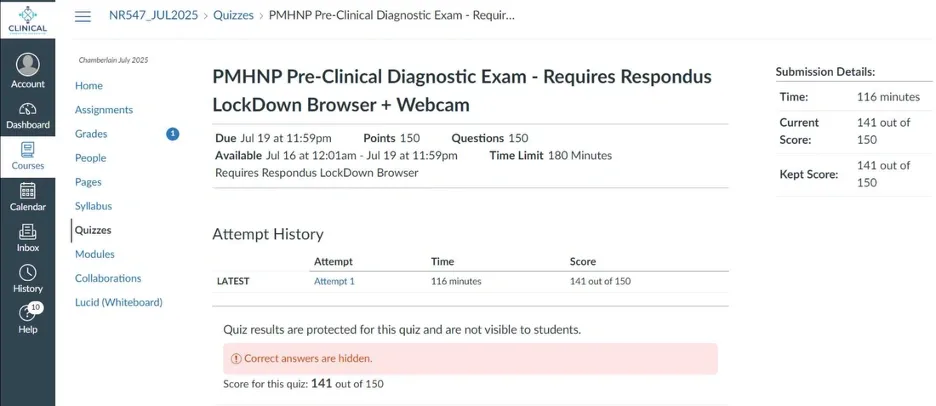
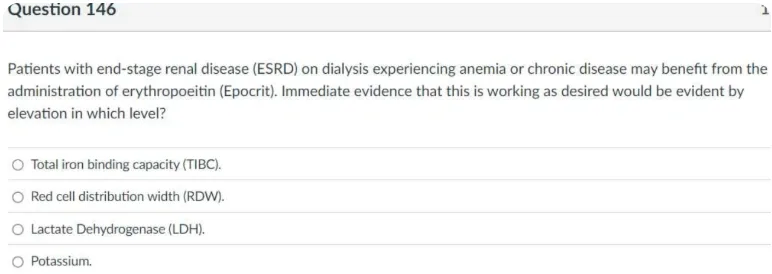
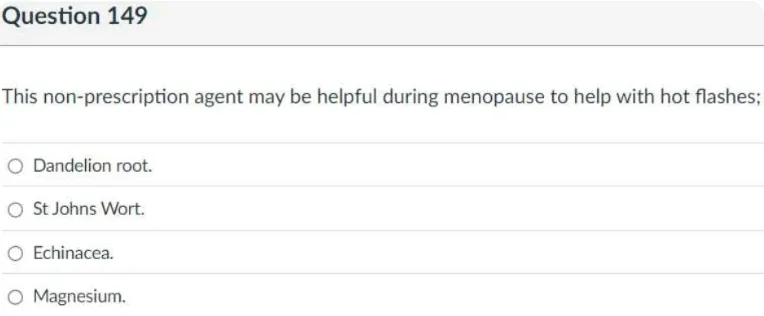
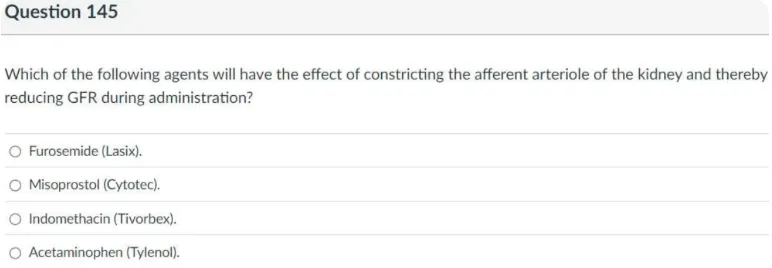

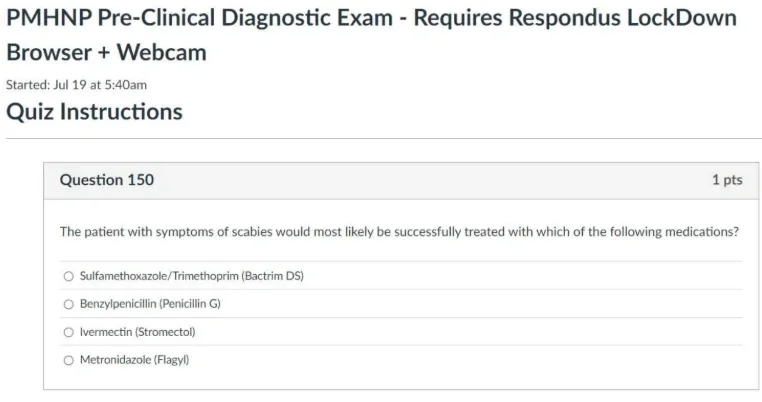
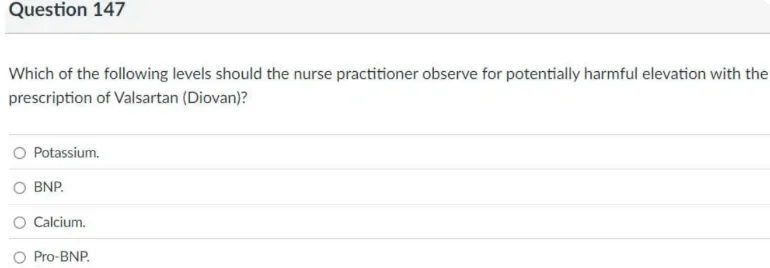
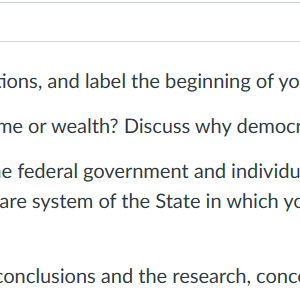

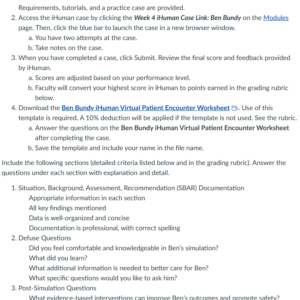
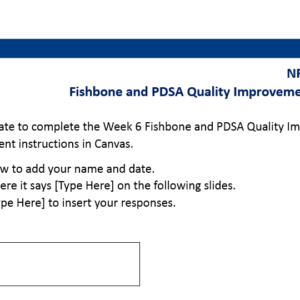
Reviews
There are no reviews yet.